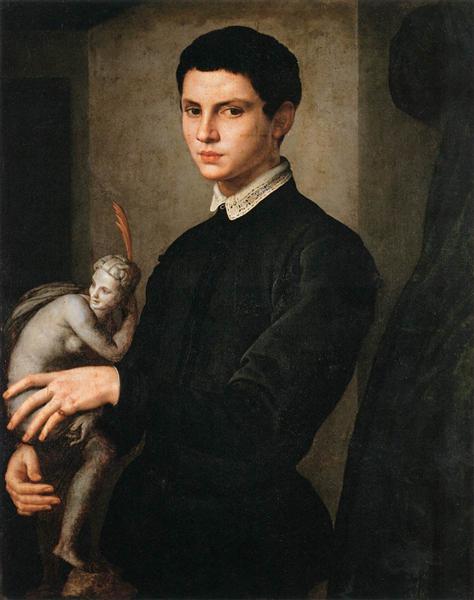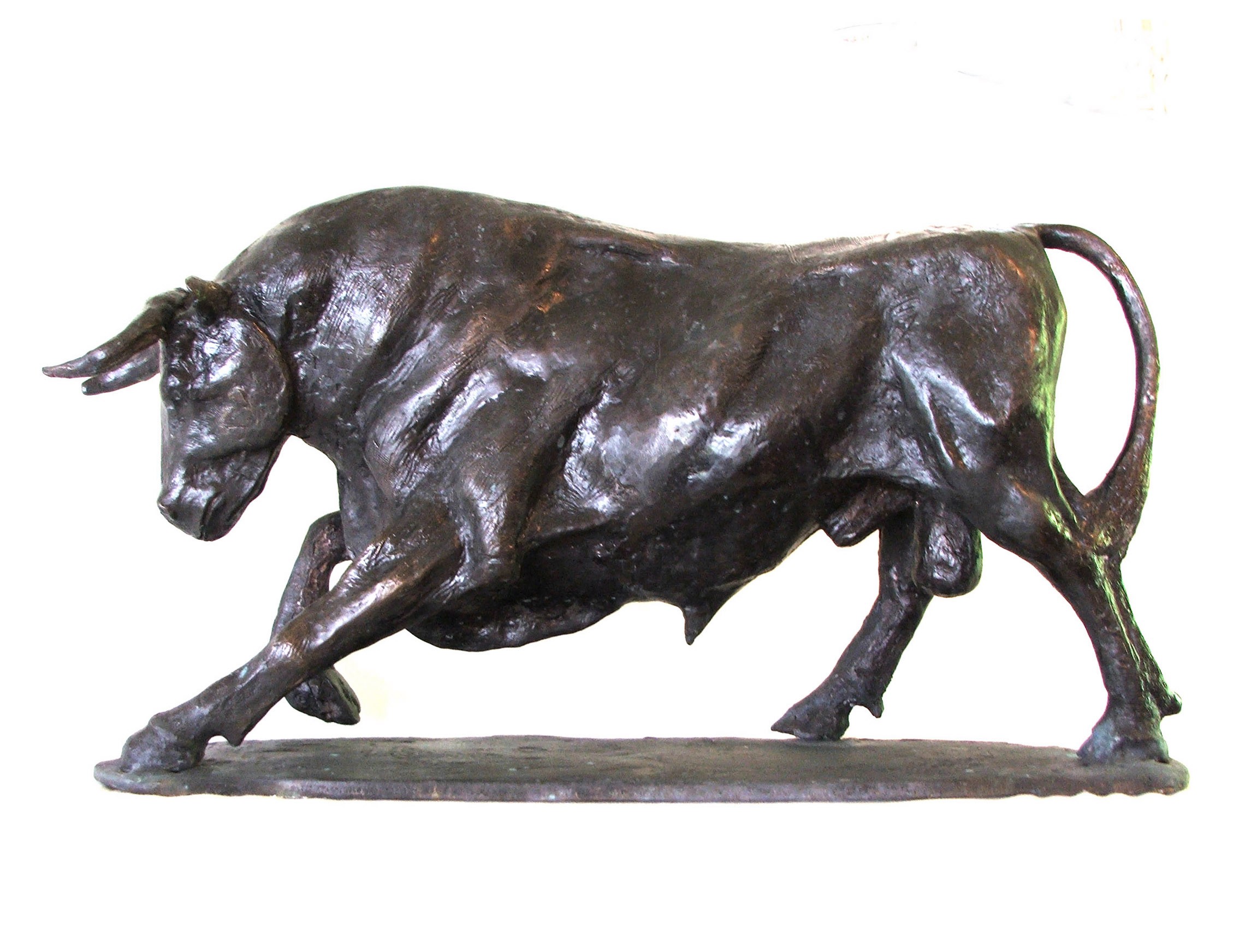In the Spirit of the Horse: Admire the Beauty of Equine Sculptures
Wiki Article
Checking Out Different Materials in Sculpture Art
From old stone sculptures to contemporary mixed media productions, artists have continually checked out the limitless possibilities of different products. In this post, we will delve right into the fascinating world of discovering different products in sculpture art. We will certainly find the ageless charm of stone sculptures, the elaborate workmanship of metal work of arts, the malleability of clay productions, the unique usage of combined media, and the improvement of regular objects right into remarkable jobs of art.Stone Sculptures: Old and Ageless
Rock sculptures have long been admired for their enduring appeal and ageless appeal. Dating back thousands of years, rock sculptures have actually been a noticeable kind of imaginative expression throughout numerous societies and human beings. From the ancient Egyptians and Greeks to the Mayans and Chinese, musicians have actually made use of stone as a medium to create breathtaking jobs of art that have stood the test of time.One of the key factors for the long-term appeal of rock sculptures is the longevity of the product itself. Unlike various other mediums that may weaken in time, stone has shown to be able and resilient to hold up against the aspects. This sturdiness has actually permitted stone sculptures to make it through for centuries, acting as a testimony to the craftsmanship and ability of the artists that created them.
In addition, rock sculptures possess a feeling of durability and strength that is unequaled by various other materials. The weight and structure of rock give sculptures a sense of existence and substance, making them a focal factor in any room they occupy. Whether shown in galleries, yards, or public spaces, rock sculptures command focus and stimulate a sense of eternity.
Moreover, the all-natural beauty of rock includes to its attraction as a medium for carvers. The special shades, patterns, and appearances found in different types of stone contribute to the visual appeal and imaginative expression of the sculptures. From the smooth beauty of marble to the tough charm of granite, each kind of stone supplies its own distinctive aesthetic high qualities, enabling musicians to produce absolutely unique pieces.
Steel Masterpieces: From Iron to Bronze
Continuing the expedition of materials in sculpture art, the change from stone to metal generates a new world of creative thinking and craftsmanship. Steel sculptures have a rich and long background, dating back to ancient worlds. From iron to bronze, artists have actually utilized the one-of-a-kind residential properties of these metals to create work of arts that captivate and influence.
Bronze, on the other hand, offers a various collection of high qualities that musicians have actually made use of to terrific effect. Its pliability and capacity to hold fine details make it an excellent product for shaping elaborate and delicate forms. Bronze sculptures commonly emanate a feeling of sophistication and elegance, with their refined patinas and smooth surfaces.


Clay Creations: Malleable and Flexible
Clay sculptures, with their functional and malleable nature, deal artists a vast array of innovative possibilities in the world of sculpture art. Clay, a natural product composed of minerals and water, has been made use of by musicians for centuries to produce detailed and meaningful sculptures.
One of the key benefits of functioning with clay is its capability to be molded and formed conveniently. Artists can control the clay using their devices or hands, enabling for the development of intricate details and structures. This malleability offers musicians the flexibility to experiment and explore various forms and styles.
One more advantage of clay is its flexibility in terms of shooting techniques. It can be terminated at different temperatures, resulting in different surfaces and effects. For example, low-fired clay produces a fragile and permeable her response surface area, while high-fired clay produces a sturdy and smooth surface.
Furthermore, clay offers artists the opportunity to function in both additive and subtractive methods. They can build up layers of clay to develop a sculpture from scrape, or they can carve away excess clay to disclose the preferred kind.
Clay sculptures can be completed with numerous strategies, such as glazing, painting, or including other materials like steels or timber. This more improves the imaginative opportunities and allows for the creation of one-of-a-kind and aesthetically striking pieces.
To conclude, the pliability and adaptability of clay make it a suitable tool for artists to discover their creativity in sculpture art. Its capability to be molded, fired, and completed in various means opens a globe of possibilities, enabling musicians to bring their visions to life with the expressive and responsive nature of clay sculptures.
Multimedia Magic: Unconventional Products in Sculpture
With an expanding rate of interest in pressing the boundaries of conventional sculpture, musicians have actually started to accept mixed media as a method of including unique materials right into their imaginative developments. By combining different materials, musicians can produce vibrant and aesthetically striking sculptures that test the visitor's perception of what sculpture can be.Multimedias sculptures frequently include a mix of products such as wood, metal, material, located objects, and also organic products like plants or pet parts. These unique products add deepness, appearance, and meaning to the artwork, enabling musicians to discover new concepts and concepts.
One example of multimedias sculpture is the job of musician Louise Nevelson - Contemporary Sculptures. She is understood for her assemblages made from located items and discarded materials. Her sculptures, often painted in single shades, develop abstract and complex compositions that stimulate a feeling of mystery and significance
Another artist who makes use of mixed media in sculpture is Ron Mueck. He creates hyper-realistic sculptures by incorporating materials such as silicone, fiberglass, and human hair. Mueck's sculptures challenge our perception of range and reality, as he frequently develops mini or larger-than-life numbers that show up exceptionally realistic.
Mixed media sculpture allows artists to trying out unconventional materials, broadening the opportunities of what sculpture can be. Portrait Sculptor. By including different products, musicians can produce special and thought-provoking artworks that captivate and engage visitors in new and unanticipated means
Found Object Art: Changing the Ordinary Into Amazing
Found object art is a transformative technique that boosts day-to-day items into remarkable sculptures. This creative strategy involves making use of arbitrary, disposed of objects that are repurposed and provided new life. By integrating these found objects right into their job, musicians test conventional notions of what makes up art and produce thought-provoking items that engage viewers in distinct methods.The beauty of located object art hinges on its capacity to change the regular into something amazing. Musicians look for discarded items such as old devices, house things, or even natural products like branches and rocks, and utilize them as the foundation for their sculptures (Equine Sculptures). Via careful setup, control, and occasionally even change, these items are transformed into captivating masterpieces that invite visitors to reconsider the worth and possibility of day-to-day objects
This art type urges viewers to question their presumptions of elegance and definition. By providing acquainted things in unfamiliar contexts, discovered object art challenges us to see the world in interesting and brand-new ways. It motivates us to look beyond the surface and discover hidden stories and links within the objects themselves.
Final Thought
In verdict, checking out different products in sculpture art enables artists to express their imagination and bring their visions to life. Stone sculptures showcase the timeless and old charm of natural materials, while steel work of arts demonstrate the versatility and strength of iron and bronze. Clay developments provide a flexible and versatile tool for musicians to shape and mold and mildew (Portrait Sculptor). Blended media magic and located item art obstacle traditional concepts of sculpture, changing regular products right into phenomenal artworks.From old rock sculptures to contemporary combined media developments, artists have actually continually explored the countless opportunities of various products. Clay sculptures, with their versatile and flexible nature, deal musicians a vast variety of innovative possibilities in the globe of sculpture art. Clay, a natural material made up of minerals and water, has been made use of by musicians for centuries to produce expressive and intricate sculptures.
In conclusion, the malleability and adaptability of clay make it a suitable tool for musicians to explore their creative thinking in sculpture art.In verdict, exploring various products in sculpture art allows artists to reveal their creative thinking and bring their visions to life.
Report this wiki page